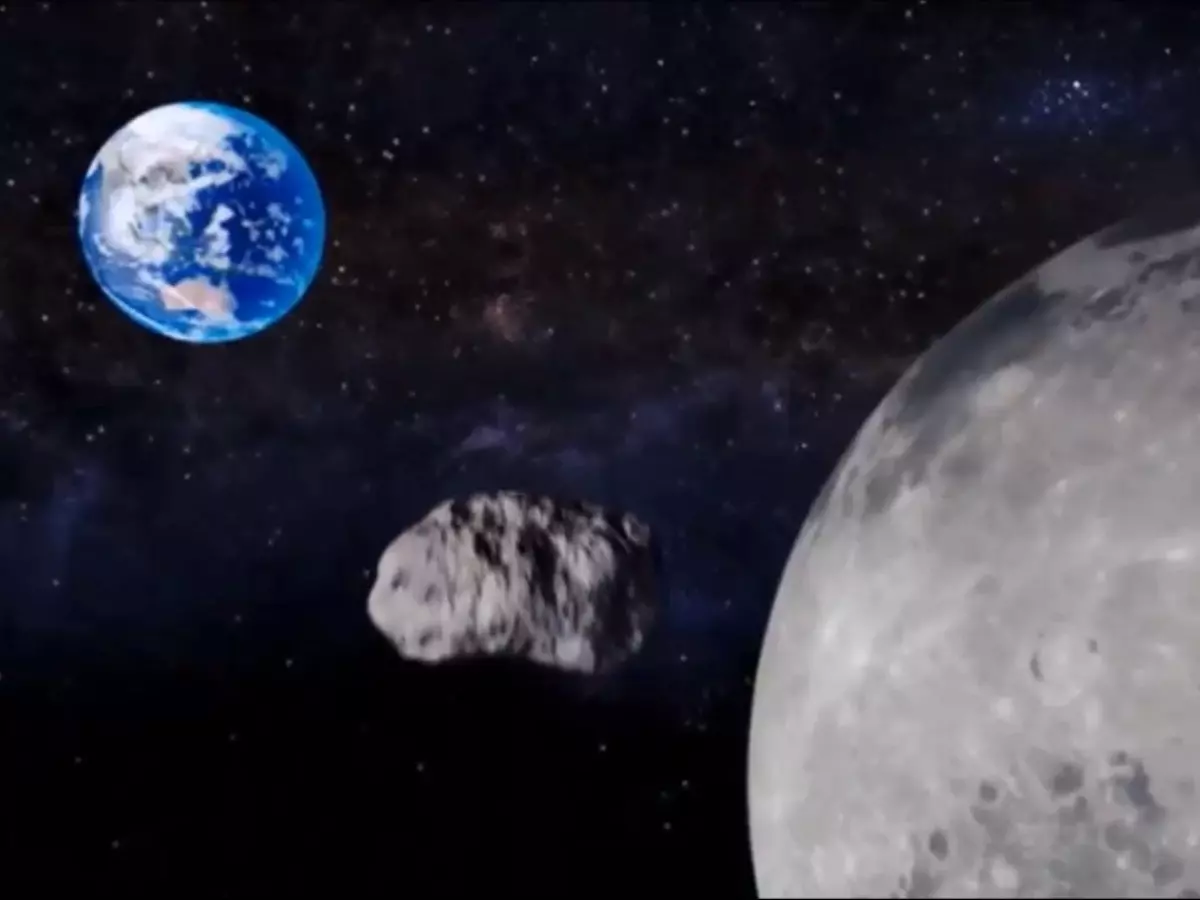An Asteroid Is Going To Pass By Earth At A Much Closer Distance Than The Moon
Asteroid 2011 ES4 is headed near the earth and it will pass at a much closer distance of 44,618 miles than the mile that is 238,855 miles away.

It is not unusual for asteroids to pass by earth. However, scientists have apparently missed some real close fly-bys, making said discoveries only after the event has taken place.
The most recent one was an asteroid named 2020 OG.
Now, there's yet another asteroid that NASA has claimed will pass by really close to earth. Reportedly, this asteroid will get closer to earth than the moon.
 Representational Image/Pinterest
Representational Image/Pinterest
NASA has already listed the asteroid 2011 ES4 on the Center for Near-Earth Object Studies (CNEOS)'s 'Close Approaches'. As explained by CNEOS, 'near-Earth Objects are primarily comets and asteroids that are nudged by the gravitational attraction of surrounding planets into the sun's orbits. This allows them to fly near the Earth. Usually comets are formed in a cold outer planetary system, while the majority of the asteroids are formed inside the solar system between Mars and Jupiter's orbits'.
It is predicted that the 2011 ES4 will pass by the earth on September 1, 2020 at 10:49 A.M. Eastern Time (give or take 10 days). The time may vary too. The asteroid is going to fly by at about 44,618 miles. Here's something that'll throw that into perspective: The distance between the moon and the earth is approximately 238,855 miles, almost five times the distance the asteroid will supposedly pass at.
The 2011 ES4 has been put in the Apollo asteroid category by CNEOS. These are the types of asteroids that have a significantly wide orbit around the earth and the sun. The asteroid's intersection with earth's orbit happens often as it completes revolving around the sun.
 NASA
NASA
The space agency termed 2011 ES4 as a 'potentially hazardous' asteroid but has not found any threat because of its small diameter.
According to NASA, 'Potentially Hazardous Asteroids (PHAs) are currently defined based on parameters that measure the asteroid's potential to make threatening close approaches to the earth. Specifically, all asteroids with a minimum orbit intersection distance (MOID) of 0.05 au or less and an absolute magnitude (H) of 22.0 or less are considered PHAs'.
